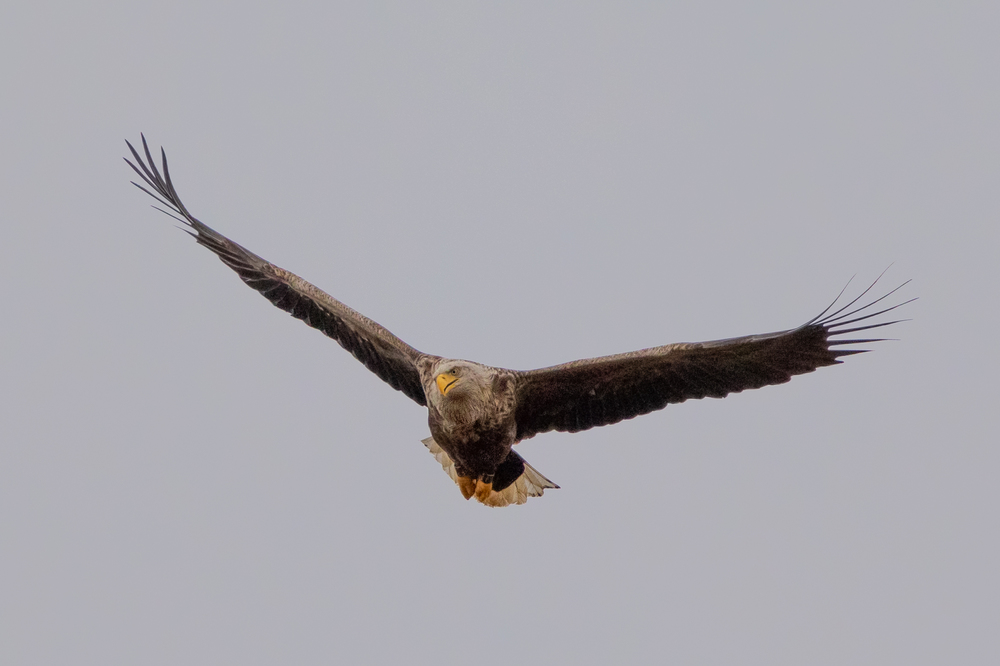Finndu leiðina til okkar! #NjótumSaman
Norðurljósahöfuðborg Íslands
Lake Mývatn and Laxá River is a paradise for birdwatchers. Everywhere you stop there are birds around you, particularly on the lake itself. Here is a guide on where and when to see the birds of Mývatn! Tag #VisitMyvatn
When at lake Mývatn, always be on the lookout for Gyr Falcons as they are often found hunting near the lake. There are five great spots around the lake we recommend for birdwatching.
1. Neslandavík. There are often large flocks of Tufted Duck and Wigeon in the bay. This area is also particularly good for seeing a Gadwall, Scaup, Red-throated Diver, Slavonian Grebe, Pintail and Red-breasted Merganser. Sigurgeir’s Bird Museum is located at the farm Ytri Neslönd by the bay. The museum is conveniently located in one of the best birdwatching locations by the lake.
2. Álar. Nearly as rich in birds as Neslandavík, though the birds are sometimes quite far from land. Again, a thorough scan of flocks of the common ducks of the area is likely to reveal scarcer species like the Barrow’s Goldeneye, Long-tailed Duck and the Great Northern Diver.
3. Laxá. The Common Scoter is very visible on the west side of Mývatn. 50 m from the bridge over the river Laxá, take a left turn to a small parking lot by the river and walk towards the river banks. It won’t take you long to find the Harlequin Duck. Occasionally you can see the Goosander. This uppermost part of Laxá is the prime habitat for Harlequin and Barrow’s Goldeneye in Iceland.
4. Skútustaðir and Stakhólstjörn. This is yet another perfect place to search the flocks of ducks for scarcer visitors, like the Long-tailed duck. Park by Skútustaðagígar and follow the hiking route around Stakhólstjörn. Another nice viewing area is from the parking area by road nr. 1 just north of the road to the farm Kálfaströnd. This site always holds some Barrow’s Goldeneye and the scenery is very picturesque.
A stop at the woodland park at Höfði (nr. 5) will provide an opportunity for a walk through beautiful woodland, with views towards some unusual lava formations in the lake. Birding in the park is interesting as there are plenty of Common Redpoll, Redwing and Winter wren nesting in the park and ducks on the lake. Quite often, vagrant passerines are found in the park.
If you wish to do bird watching on other locations, please ask for permission with the appropriate land owners.

The name Mývatn wasn’t chosen out of the blue; the midge is one of the more well-known landmarks of the area. A swarm of midge larvae lie at the bottom of Lake Mývatn. They pupate twice during the summer, especially in early June and August, after which the friendly midges overrun the area. The male flies congregate in dense jets on the banks of the water and over the hills on calm days. These non-biting flies are called dust flies and are harmless.
And then there are the mosquitos. They can bite…
Laxá falls from Mývatn in three forks, Ystukvísl, Miðkvísl and Syðstukvísl. The river bounces in small waterfalls with calm puddles in between, amidst beautiful green islets with wood cranesbill, angelica and willow. Laxá is the most fertile river in Iceland, and is the native home of the mosquito.
However, the mosquito is more than a pest because the swarms are an important food source for both birds and fish. Local wildlife would be very different without the little bugger. In the North of Iceland, the biting flies appear in the beginning of June; if the summer is bountiful and there is a lot of food, the second generation of biting flies can appear again in July to September.
The swarm varies from year to year. In some years, the countryside is swarming with flies and the swarms can become so thick that it is not possible to see between farms. Other years, hardly any flies can be seen hovering about.
Mývatn is one of the most well-known fishing lakes in Iceland, as trout fishing was often widespread and the fish healthy. In Mývatn you can find trout, brown char and Three-spined stickleback.
In Laxá, trout is the main fish in the upper part of the river, but below Laxárvirkjun in Aðaldalur, salmon is king. Laxá is among the most famous salmon-fishing rivers in the country.
In past times, settlement by Lake Mývatn was for the most part dependent on trout fishing. The trout are now mostly caught in nets in the summer, but their use has been common for centuries on Lake Mývatn. There is also a considerable amount of jig fishing, i.e. ice fishing in the latter part of winter. Mývatn is a legally protected conservation area and appears on the register of internationally important wetlands, along with the Laxá river.
Norðurljósahöfuðborg Íslands
Visit Mývatn
Mývatnsstofa ehf
660 Mývatn
Ísland
info@visitmyvatn.is